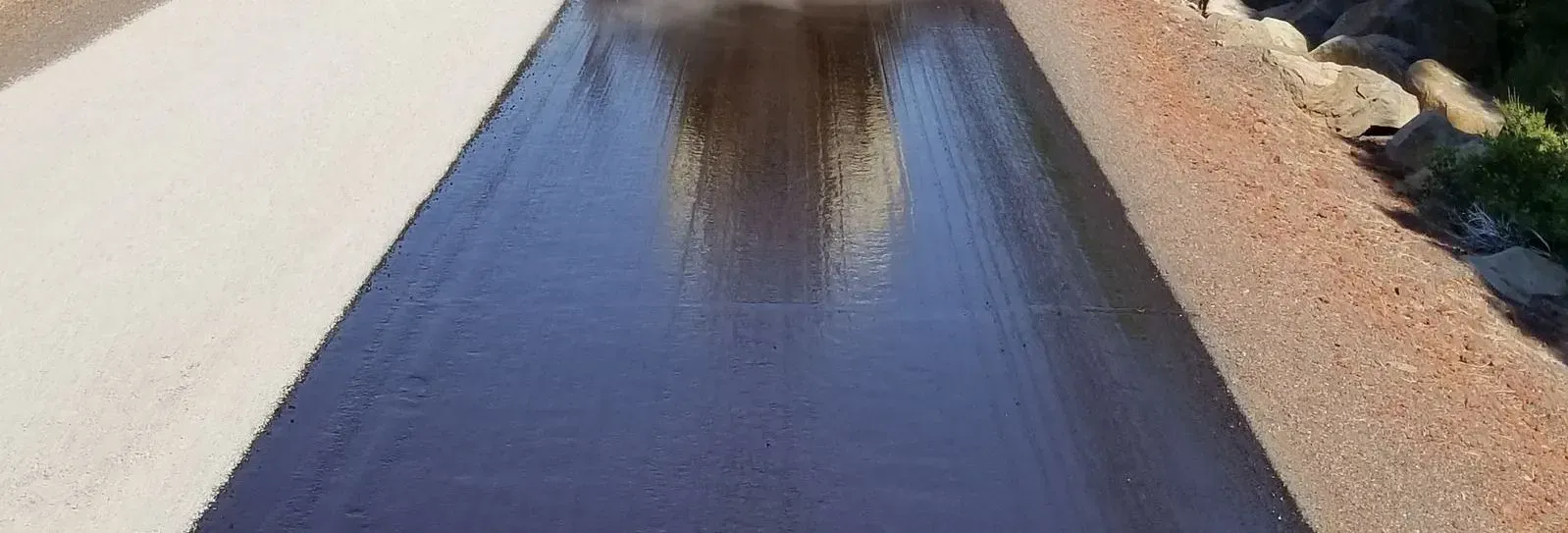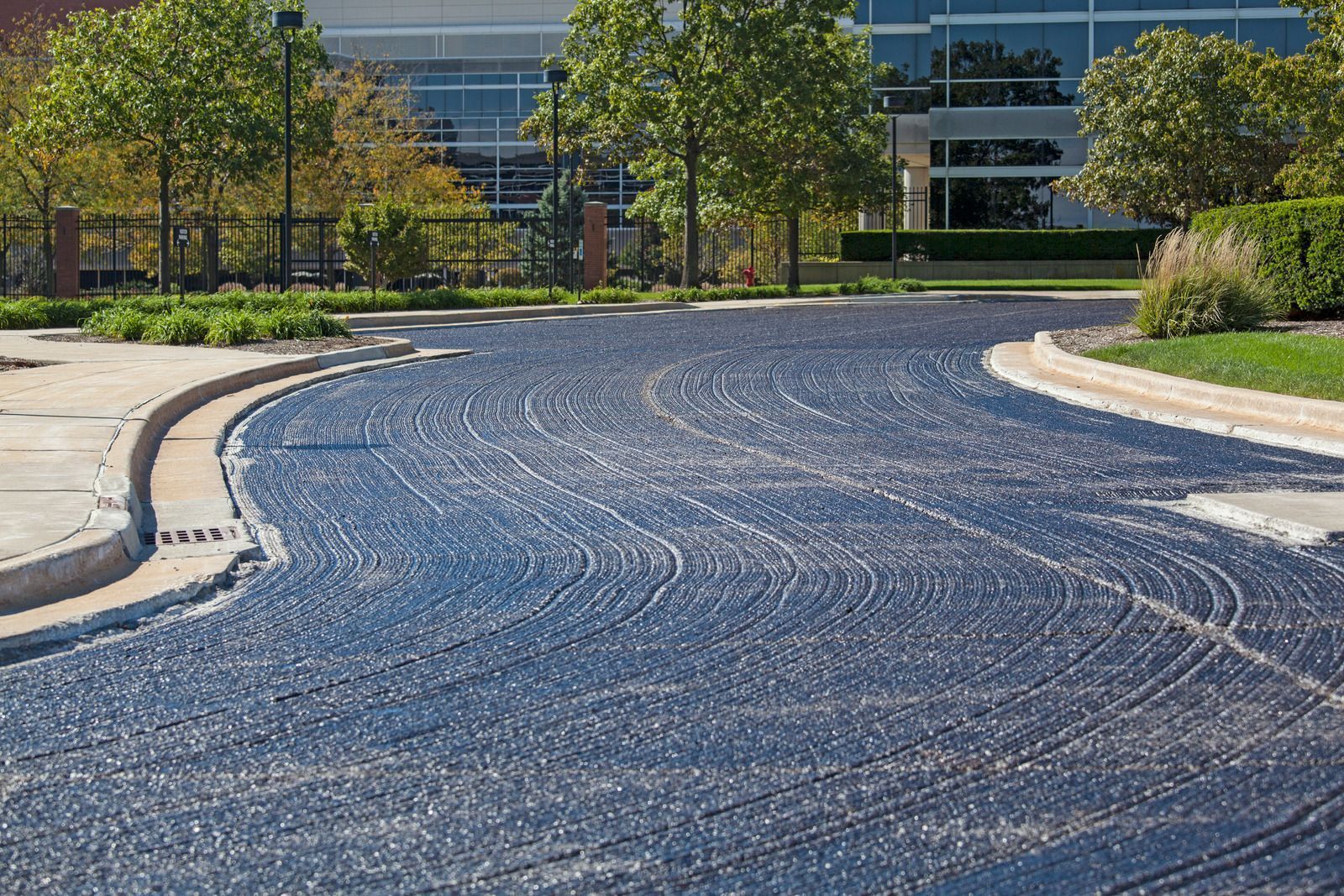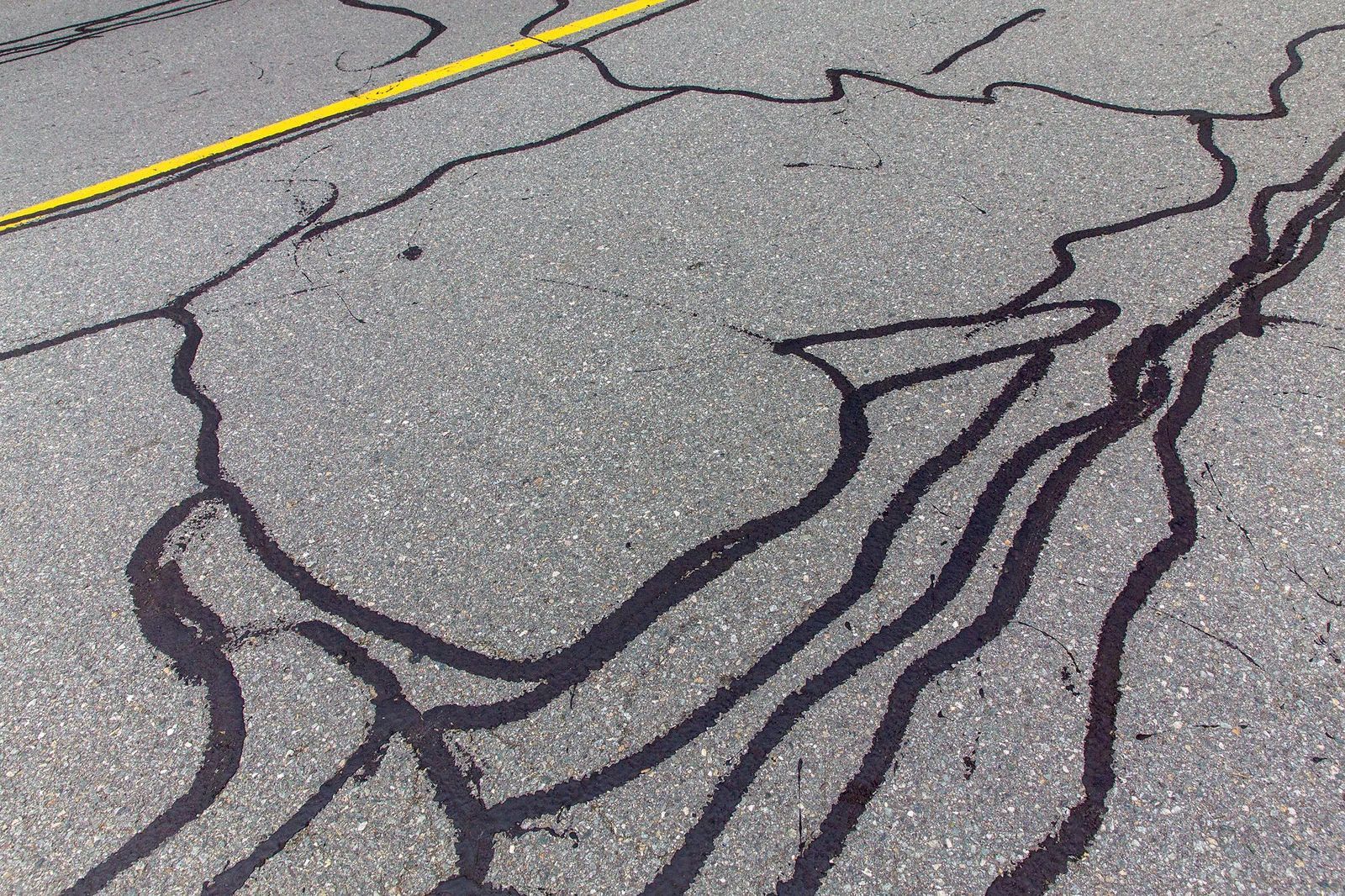Sealcoating Explained: How It Protects and Extends Asphalt Life
June 7, 2025

Asphalt is a durable and widely used material for driveways, parking lots, and roadways, but it's constantly exposed to elements that can break it down over time. UV rays, rain, oil spills, and vehicle traffic gradually wear away the surface, leading to cracks, fading, and potholes. This is where sealcoating comes in—a protective layer that shields asphalt from damage and significantly extends its lifespan. Let’s explore how this essential process works and why it’s a smart investment for property owners.
What Is Sealcoating?
Sealcoating is the application of a protective layer over asphalt surfaces to safeguard them from moisture, chemicals, and oxidation. Typically made of coal tar or asphalt-based emulsions, the sealcoat acts as a barrier, preventing water penetration and minimizing the harmful effects of UV rays. It’s a cost-effective method for preserving the aesthetic and structural integrity of asphalt pavements.
Protects Against Water Damage
One of the biggest threats to asphalt is water infiltration. Once water seeps into cracks, it can erode the base layer and cause the surface to weaken and deteriorate. Sealcoating fills surface voids and forms a waterproof barrier, preventing rain and snow from causing structural damage. By keeping moisture out, it helps avoid costly repairs in the future.
Shields from Oxidation and UV Rays
Sun exposure can be just as damaging as water. UV rays cause the asphalt’s binding agents to dry out and become brittle, leading to surface cracks and a faded, gray appearance. Sealcoating provides a dark, rich finish that not only improves the look of the surface but also blocks UV radiation. This helps preserve the asphalt’s flexibility and color, making it more resistant to cracking and aging.
Enhances Durability Against Traffic and Spills
Daily vehicle traffic wears down unsealed asphalt faster. The friction from tires, as well as exposure to oil and gas spills, can weaken and degrade the surface. Sealcoating adds a smooth, protective layer that resists chemical spills and minimizes surface damage. It also helps in creating a non-porous finish that is easier to clean and maintain.
Extends Pavement Lifespan
Routine sealcoating can double the life of your asphalt pavement. Without sealcoating, an asphalt surface may require major repairs or even full replacement in as little as 10 years. When applied every 2-3 years, sealcoating maintains the surface’s integrity and delays major deterioration, saving you money over the long term. It’s a proactive approach to pavement maintenance that pays off in both appearance and performance.
Give Your Asphalt a Longer Life Today
Whether you're maintaining a commercial parking lot or a residential driveway, sealcoating is an essential part of asphalt care. For
professional sealcoating services backed by 15
years of hands-on experience, trust Able Asphalt Paving Inc
in Jacksonville, North Carolina. Our team delivers expert results that protect your investment and keep your surfaces looking their best. Contact us today to schedule your sealcoating service and extend the life of your asphalt.






